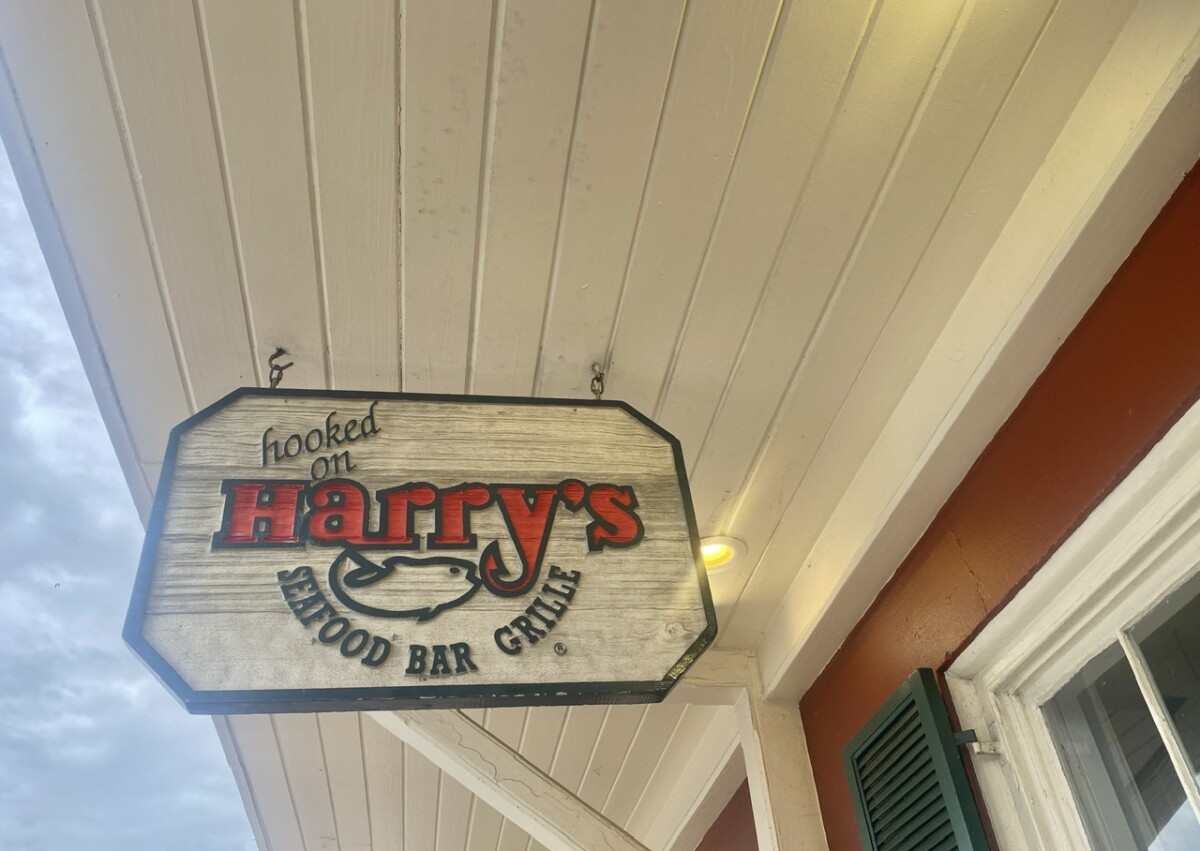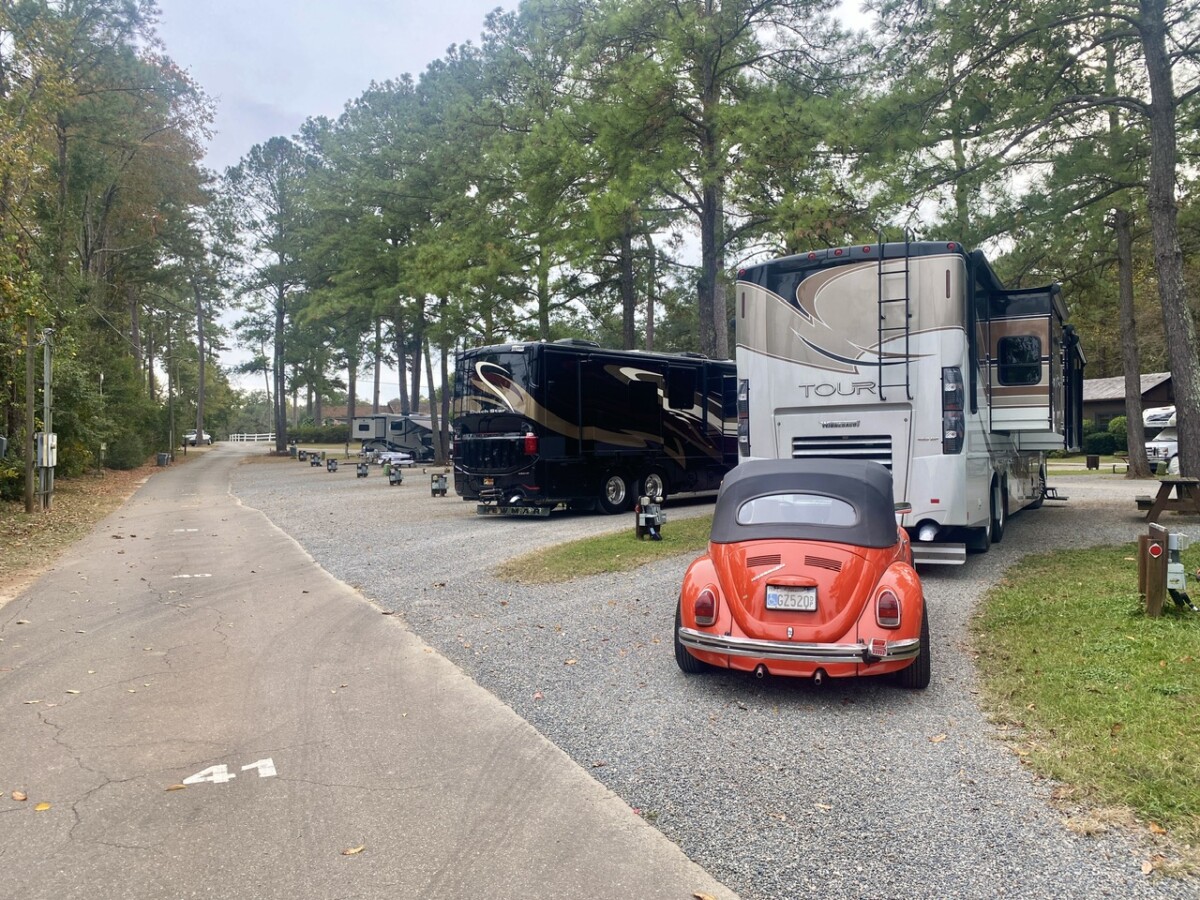“USA 🇺🇸 Florida ~St. Augustine Old Historic Town of 1565, the Suwannee River, and More”
St. Augustine in Florida, is the oldest continuously occupied settlement of European and African-American origin, in the United States.
Forty-two years, before the English colonized Jamestown, and fifty-five years before the Pilgrims landed at Plymouth Rock, the Spanish established, at St. Augustine, this nation’s first enduring settlement.
All roads lead to St. Augustine in Florida; well at least for us, as we have completed our extensive drive on Interstate 10; East, through seven states.
For our next drive, we get to change-it-up and NOT face the sun (when it did shine) as we will be driving South on Interstate 95, then back up North, when we drive out of Florida, in the near future.
While our main focus is to get to our grandchildren by next month, we have definitely enjoyed many stops along the way on this particular road trip, coming from California.
My daughter moved to the East Coast when she was 18, to become a Marine. She went to Boot Camp at Parris Island. I remember her telling me how the East Coast really grew on her. She never left the East Coast, other than deployments and duty station orders (including Okinawa), but became a permanent resident on the East Coast. That’s a long way away from her Oregon; West Coast upbringing,
Then, she married a Marine from Georgia (who recently retired from the Corps, after 23 year) and they made their home, years ago, in North Carolina, to raise their three children.
I get it. I completely understand why Chelsie fell in love with this coast. It’s beautiful and very historic. After all these years, she’s even picked up a slight southern drawl.
My daughter has been on my mind so much, of late… because….
Daryls side of the family just experienced a tragic and sudden death of a 22 year old young man. It’s an event that stays on the mind, as we try to wrap our brain around how the parents are coping over such loss and pain……Always the reminder that our loved ones days on this earth are not known, so to hold them close and love on them, often, since tomorrow is not promised.
Back to St. Augustine….
What a beautiful area and we were so glad to get to spend some quality time there. The weather could have been better, that is certain, but we soldiered on and explored away.
St. Augustine Beach ⬇️
Not far from our Campground is the beautiful St. Augustine Beach. We took a drive in Jonah, and could even go a little ways on the sand, because her engine weight is in the back; otherwise it’s 4×4 access. The ocean was quite choppy with the weather front we have been dealing with, in Florida, and reminded me of going to the beach, in Oregon, where it’s rare to do so on a calm, sunny day.
Driving over the bridge into Old Historic Town of St. Augustine, was like taking a trip to Europe! My thoughts immediately went to our time in France and crossing the very iconic, world-famous “Avenue des Champs-Élysées” in Paris. Of course this Florida bridge is in no way on scale with the one in Paris, nor is the one in Paris a draw bridge for boats to cross under, like this one, but it has a European flair for sure.
This bridge is, in fact, one of the most iconic landmarks in St. Augustine. It is called the “Bridge of Lions.” This double-leaf bascule bridge, spans the Intracoastal waterway that connects the historical downtown area, to Anastasia Island.
It was a grand few days, and we just loved all the old buildings, their locations and history.
We chose to ride the Trolley and take a live narrated tour, since it was raining. Also, parking has its challenges, and all spots all metered in the city, or if privately owned lots, it’s even more expensive. The trolley company allows free parking in their lot, if you take their tour. That way, under the cover of the trolley, and not having to drive, we didn’t get wet or distracted, and I could take photos without worrying about my camera getting too wet, either. It was not cold, but these rains that came in, dropped the humidity down quite a bit, making it quite comfortable.
The Trolley route covers eight miles and has 21 significant stops. It takes almost two hours to ride the entire route, but the trolley ride is designed for the Hop-on Hop-off program, and they run every 15 minutes at each stop.
($35-ish pp and tickets are good for an entire day).
This was the last, quiet week of this time of the year in the area. Next week, St. Augustine has their Christmas lighting ceremony. We were told people come from all over the world to partake. We are not sad to miss those crowds and the timing will still be perfect for Christmas lights, when we tour Savannah, Georgia’s Historic Town, next month; also by the same Trolley company.
The historical society really out did themselves, here in St. Augustine, and it’s always good to see old history preserved. I (we’ve) visited many historical locations over the years, and appreciate the effort made by many, to keep our history alive!
The Lion Bridge ⬇️
⬆️ St Augustine, Florida, gets its name from the two lion statues that stand guard at the west end of the bridge. The lions were named for the Spanish explorer Pedro Menéndez de Avilés, who founded the city of St. Augustine, and whose coat of arms featured two lions.
Historical Street in St. Augustine, Florida ⬇️
⬆️ Yes, that states the year: 1572
We rode the entire Trolley route and when we went past this particular street, it really got my attention, so after our trolley time, we drove Jonah back to this Colonial Quarter, and parked her. We fed the meter long enough, so we could walk down this OLD, very OLD, street, plus take time to eat a scrumptious dinner, before returning to The Whale.
⬆️ Aviles Street is the oldest street in the nation, and the early home to St. Augustine’s arts district. We entered Aviles Street, by walking under the stone archway. Dating back to the 16th Century, Aviles was known as Hospital Street because it was the location of the second Spanish Military Hospital Museum.
Old House
A National Historic Landmark, the González-Alvarez House is the oldest surviving Spanish colonial dwelling in St. Augustine, Florida. While evidence exists that the González-Alvarez House site had been occupied since the 1600s, the present house dates to the early 1700s.
Oldest Wooden School House ⬇️
The Oldest Wooden School House dates back to the early 18th century, and is located on St. George Street by the City Gate.
No wooden structures in St. Augustine, built prior to the year 1702, still stands, because the British burned Spanish St. Augustine to the ground in that year. Tax records indicate that the wooden school house was present in 1716, and was originally built for the Genoply family.
Juan Genoply, one of the original inhabitants of the house, also became the first school teacher. After marrying, Juan Genoply added the second story and transformed the house into a co-ed school in 1788. The second story provided Juan and his family the seclusion they needed to separate his public and private life.
Note: On our second day, we took a drive in Jonah to try to find this old school house. We soon realized why we could not find it, on day one. It’s a park and walk site, with no access road. Between the rain and $20 to park, just to take a picture, I am posting a pic from the internet of what we saw, as we got kind of close to it.
Also, the chain that is wrapped around the wooden structure is to keep it braced during hurricanes and tropical storms.
The St. Augustine Lighthouse and Museum ⬇️
Also, on our second day, we visited the Lighthouse. Parking was free, but in order to get complete access to the site, it required more money, and again, just for a photo, I’m way too cheap. Ha! We have seen many lighthouses over the years, in the USA and overseas. We’ve even climbed many to the top. The best part for me, is always just looking at them from the outside. They are always so impressive!
Back to Day one…..
Castillo de San Marcos Fort and National Monument ⬇️
Built by the Spanish in St. Augustine, to defend Florida and the Atlantic trade route, Castillo de San Marcos Fort and National Monument, preserves the oldest masonry fortification in the continental United States, and interprets more than 450 years of cultural intersections. It is also a Fort that was never captured.
Original City Wall and Gate
The Old and Older Sea Walls ⬇️
The Spanish first began building the original seawall (front wall) in 1696, south of the Castillo de San Marcos Fort. The improved section (back wall) was built between 1833 and 1844, by graduates of the United States Military Academy, at West Point.
The sea wall in the front is the original sea wall, still standing, and it is quite interesting the sea levels have not changed here, just like at the plymouth Rock location, further north, on the East Coast; after SO many years.
Martin Luther King
⬆️ This is Martin Luther King Blvd in St. Augustine. While many cities across the United States have a Blvd with the same name. This one, in St. Augustine, is only one of two such named Blvds, where Dr King actually marched.
Here, he marched in Spring of 1964. He also spenti time visiting St. Augustine on many occasions.
Ponce de Leon ⬇️
Ponce de León (all 4’11” of him) explored many areas, including the Bahamas and Bimini, for both gold and the mythical fountain of youth, but he never found either. In late March of 1513, his ships landed on Florida’s east coast, near present-day St. Augustine. He claimed this beautiful land for Spain.
The Fountain of Youth in St. Augustine is legendary, known as the place where Ponce De Leon discovered the healing waters, which magically maintains ones youthful appearance. One can drink from the magical spring’s waters, plus explore many exhibits and historical attractions on the 15-acre Fountain of Youth Archaeological Park.
600 Year Old Oak Tree
“Run Forrest Run” The scene; during Forest’s running segment in the Forest Gump movie, was filmed in this location, on Magnolia Street ⬇️
It’s called Spanish Moss, which lives and drapes down on live Oak trees, all over the South, but it’s not even a moss. It is actually an air plant, which receives its nutrients from sunlight, as well as airborne debris and moisture; from rain, fog, and dew. It’s also, mostly infested with mites: chiggers and red bugs. These things you can’t see, and they bite.
There are no longer any Magnolia trees that grow on Magnolia Street. There are Live Oak Trees.
We heard an interesting story on Henry Ford: Spanish Moss was, and is, still quite abundant in the South. It seemed an inexpensive natural material to use as fill for Fords automobile seats.
Spanish Moss is known for housing many bugs, so the process was a simple one-step method of fumigating, to kill said bugs. BUT, the process for fumigating should have been a two-step process. As a result, the very first automobile “recall” was launched, when owners of the Ford cars began complaining of “itchy bottoms.”
It was discovered, that while the adult bugs were successfully fumigated, their bug eggs, left be–hind, (no pun intended), survived and thrived, inside the Ford vehicle’s seats.
Our Lady of La Leche
On September 8, 1565, five ships sailed into a small cove on the coastline of what was known to the Spanish as “La Florida.” Under the command of General Pedro Menéndez de Aviles, they came to the New World from Spain sent by King Philip II. They arrived in hopes of establishing a colony, securing the land for Spain,
History does not document the origin of “Our Lady of La Leche,” but it is likely linked to Spanish devotion of Mary nursing Jesus. In 1565, Spanish explorers arrived in Florida and brought their devotion to Nuestra Señora de La Leche y Buen Parto (English “Our Lady of the Milk and Good Delivery)”
We were told that in the early years of the establishing settlement of St Augustine, many people were beheaded, for NOT being Catholics
*************
This is the original museum and where the filming of the same name took place, narrated by Jack Palance
Flagler College
Flagler College, situated on the grounds of the original Ponce de Leon Hotel, offers students 29 majors and four-year degrees in several dozen areas of study. Established in 1968.
The college is named for industrialist and railroad magnate; Henry Morrison Flagler who built it in 1888, as a hotel. It is considered one of the finest examples of Spanish Renaissance architecture and was one of the most exclusive resorts of its day.
⬆️ These buildings are called the “Three Sisters.” They are now used as College Dorms, but originated as the Train Depot in their beginnings
The Lightener Museum ⬇️
The Lightner Museum occupies the former Alcazar Hotel, a Gilded Age resort hotel, commissioned by railroad magnate Henry Flagler.
Completed in 1888, the magnificent Spanish Renaissance Revival building was designed by the prominent architecture firm of Carrère and Hastings.
We picked Harry’s Seafood Bar and Grill to eat dinner, for no particular reason, other than it was handily close by, after our walk-about on the oldest street in North America, and around the area. There are MANY restaurants to choose from, with good reputations.
Photo Dump: Day One in Historic St. Augustine
EARLIER in the Week ……..
We drove from Lillian, Alabama to Tallahassee, Florida on Interstate 10, and we spent one night at Tallahassee RV Park at a staggering $72, then completed our drive to St. Augustine, the next day
This was a 4.5 hour drive day for us, with one fuel stop.
From Tallahassee to St. Augustine, we crossed the Suwannee River. Automatically, the Suwannee River song started playing in my head.
Stephen Foster is known for writing The Swanee River (Old Folks at Home) in 1851, which became the state song for Florida, in 1935; even though Foster had misspelled Suwannee, and never set foot in Florida. That song contained racist slurs, so in 2008, the Legislature designated that a revised version of the lyrics be the official version.
Foster, a Pittsburgh native, is often called the father of American music and was well-known for enduring tunes from the 1800s. His other songs include “Camptown Races,” “My Old Kentucky Home,” and “Beautiful Dreamer.”
He died penniless, in New York City in 1864, at age 37.
It was during this part of the drive, on Interstate 10, we saw the devastation of what 125 mph winds can do to trees, which had survived for 125 years, since the last storm came through.
Road signs and bill boards did not fare too well, either. It’s been 2.5 months since Tropical Storm Idalia ripped through, and clean-up is obviously very slow
We arrived at the lovely St. Augustine Beach KOA in St Augustine. It has a river that runs down the middle of it. There are many cabins for rent as well as RV spots. We enjoyed our stay there, very much!
This was another 4.5 hour drive day for us
Yes, one must be aware of Alligators, when near water
Archive Blog Posts of Our Country Visits
About Us

About Us
Hello and Welcome to our Travel Blog Website, We enjoy writing about our experiences and taking photos of our adventuring along the way. Our names are: Daryl and Pen, but Daryl calls me “Bunny.” We met, quite randomly, whilst both… Read More
























































































































































